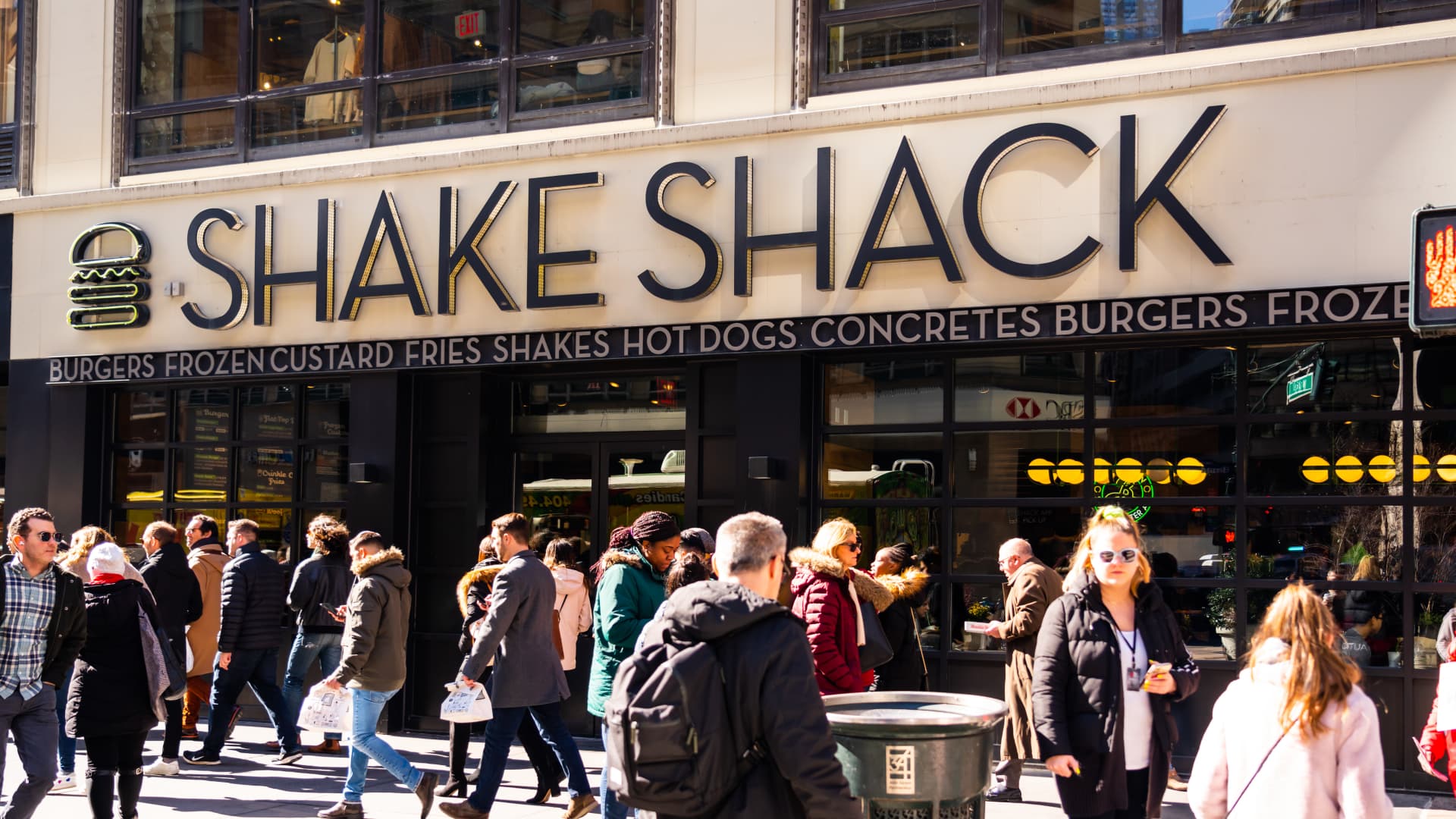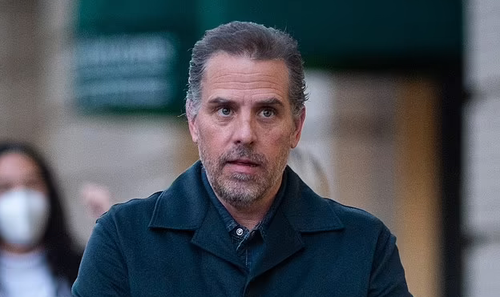Last week, Silicon Valley Bank (SVB) rapidly collapsed—going from normal operations to insolvency in a matter of days. SVB was the 16th largest bank in the United States, with about $209B in assets. The failure represents the 2nd largest bank collapse in U.S. history. As of Sunday, March 12th, a second bank, Signature Bank, was seized by regulators for fears of insolvency. As of this writing, the government has stepped in with emergency measures intended to stop a full-blown financial crisis from occurring, but this story is still developing. In this article, I will explain what has happened so far and what you should be keeping an eye out for in the coming weeks.
How the Banking System Works
To understand what happened at SVB, we need a short lesson on how banks work. If you’re unfamiliar, the basic idea is this: banks take in deposits from customers, which they then lend out to other customers for a profit. Your bank deposits don’t just sit at the bank. For example, if you were to deposit $100,000 in a bank, a large portion of that money might be lent out as part of a mortgage, a HELOC, or the bank may even lend that money to the government in the form of a Treasury bill. To ensure that banks don’t get too aggressive with deposited money, government regulators require banks to keep some portion of their deposits as “reserves” (usually about 10%).
This system works well during normal times. Banks protect and pay interest on deposits and profit by lending money. The issues arise when more depositors want their money out of the bank than the bank has in reserves. This situation is called a “bank run” and is precisely what happened at Silicon Valley Bank.
What Happened at SVB?
As the name suggests, Silicon Valley Bank is highly focused on the tech industry, specifically targeting tech startups and the venture capital investors who fund them. This niche boomed during the pandemic, as deposits rose at SVB by 86% in 2021 alone. However, as interest rates have risen over the past year, the tech industry has been hit extremely hard. Tech stocks are down more than almost any other industry, and venture capital funding has slowed considerably. This slowdown has led to a reduction in deposits at SVB. Rather than keeping money in the bank as businesses typically do, startups needed their cash to fund operations and were pulling a lot of money out of SVB. This left the bank with too few reserves.
To raise money for reserves, SVB wanted to sell some of its assets— specifically, money it had lent to the government in the form of Treasury bills. The problem is the value of the bonds SVB held had declined, and selling them wasn’t going to be sufficient.
When an investor, like a bank, buys a bond, they invest a certain amount of money and are ensured a specific yield—which is just the interest rate the bond will pay. SVB bought a lot of bonds during the pandemic years when yields were very low, somewhere between 1-2%. As interest rates have risen, so have bond yields. As of this writing, the yield on a 10-year U.S. Treasury bill is about 3.6%. With current yields higher than the yields on SVB’s bonds, there is little demand for SVB’s bonds at full price (because the potential buyer could just buy a newer, higher-yielding bond instead).
As such, SVB has to discount its bonds in order to sell them, leading to a loss. Normally, these are considered “unrealized losses” if a bank can hold the bonds to maturity, but since SVB was a forced seller, they were forced actually to take these losses.
In a last-ditch effort to raise capital for reserves, SVB looked for an injection of capital from a private equity firm, but it was too late. The markets were spooked, Moody’s Analytics downgraded SVB’s credit rating, and the panic began.
The nature of SVB’s business seems to have made the panic and bank run that ensued more dramatic than expected. Many of SVB’s customers have powerful venture capital investors, who they consult with on many big decisions. On Thursday, March 9th, many venture capital firms were panicking about SVB and emailed hundreds of portfolio companies, telling them to withdraw their money. I’ve personally read a few of these, and they are pretty straightforward.
Investors wanted their portfolio companies to withdraw money—and the startups listened. Executives at tech firms, listening to their investors, jumped on their phones and tried to transfer money. On March 9th alone, $42B was withdrawn from SVB.
At this point, regulators at the Federal Deposit Insurance Corporation (FDIC) stepped in and took over the bank due to fears of insolvency and to stop a further bank run. During normal times, the FDIC insures all deposits in a bank up to $250,000. Anything above that, deposits are risking. For most people, this isn’t an issue. Not many individuals have more than $250,000 sitting in a single account. But this is very common for businesses, like the depositors that make up most of SVB’s customers. It is estimated that about 86% of SVB’s deposits were uninsured. Over the weekend, there was a lot of fear that this money would not be recovered and that this crisis would spread to other parts of the financial system.
Then, on Sunday, March 12th, the government acted in an effort to stabilize the banking system by doing three things:
- The FDIC shut down another bank, Signature Bank, over fears of insolvency and another bank run. Signature Bank is largely concentrated in the crypto industry and is about half the size of SVB, with about $109B in assets.
- The FDIC said it would ensure 100% of the deposits at SVB and Signature Bank, and everyone would get their money out. The FDIC will repay deposits by selling SVB assets and levying fines against banks if necessary. They also said that taxpayers would not foot the bill. They made a special note to say that stockholders and bondholders of SVB would not get a “bailout.” Only customers will be protected.
- The Federal Reserve loosened access to its reserve funds, which will help other banks avoid the issues SVB encountered.
Final Thoughts
Whether or not these actions will be enough remains to be seen. The potential impact on the real estate industry is also unclear at the moment.
As of this writing, the issues are largely concentrated in the tech and crypto industries. I’ve read some fairly detailed analyses of other banks’ balance sheets, and it seems that, for the most part, other major banks in the U.S. are in much better positions than SVB and Signature Bank. But, bank runs can be a product of fear and panic, not an underlying issue with the bank at hand.
And we just don’t know how people and businesses will behave going forward. The financial system is complex and largely interconnected, and there is still the risk that the financial issues faced by these two banks will have broader impacts on the economy, including real estate.
I will keep a close eye on this industry and provide updates as appropriate.
Note By BiggerPockets: These are opinions written by the author and do not necessarily represent the opinions of BiggerPockets.
















